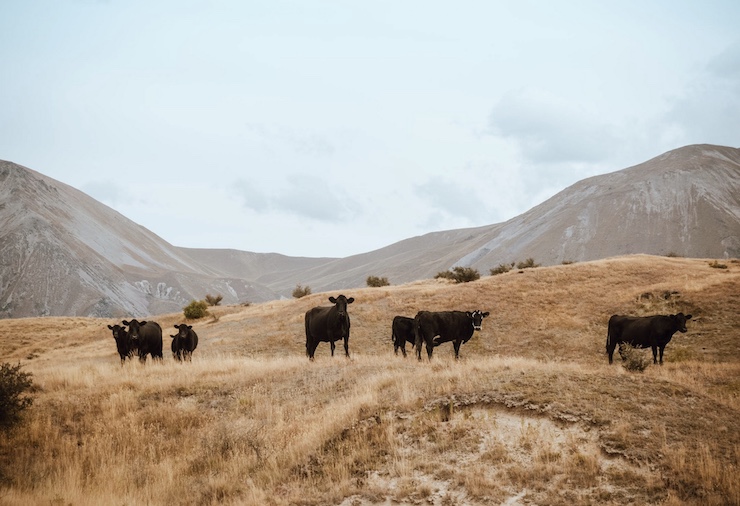Farmers Start Using Drones For Herding and Livestock Management

Drones have completely changed the way farmers manage their crops. Drones are doing everything from monitoring crop growth and health, testing hydration and soil levels, applying fertilizers and pesticides, planting seeds, and even harvesting some crops. To keep up with the demand of feeding a growing global population, addressing common farming issues like pests, and not so common issues, such as a global pandemic, the agricultural industry has fully embraced drone technology.
One sector of the agricultural industry that has been notoriously slow to adopt technological advancements is the livestock sector. For the most part, raising livestock like cattle, sheep, pigs, or chickens has been reliant on methods used since farmers first began domesticating animals. The animals are kept within fenced-in areas, herding dogs are used to help corral animals, and the animals are periodically checked on manually. As the livestock industry has grown, ranchers have begun using some technology, like animal identification tags, to help keep track of herds. Though drones have had a heavy influence on agricultural crop management for nearly a decade, it wasn’t until recently did farmers start using drones for livestock management.
Now drone applications are starting to grow momentum for livestock ranchers for their ability to manage large herds over hundreds of acres of land. A drone’s camera can be used to give ranchers visual confirmation of a herd. If the drone has a thermal imaging camera, it can even be used to spot animals that may be hiding amongst foliage. The drone’s camera does more than just show ranchers where their animals are. The drone can be used to closely inspect the animals for signs of distress that could signal health issues. If a rancher notices that an animal is behaving oddly through the drone’s camera, they can then go out to manually check on it.
Some drones can even be used in place of a herding dog to drive livestock from fields and into pens. An off the shelf drone with a camera and speaker on it costs about the same as a herding dog but doesn’t take months to train. The drone flies close to the animals and emits a barking sound from its speaker. The sheep, for example, are already used to this sound, and soon learn to respond to the drone the same way they would a dog. Another way drones are being used to manage livestock combines them with a long trusted animal technology, RFID (Radio Frequency Identification )chips.
For years ranchers have been using RFID chips as GPS and health monitors for livestock. RFID chips have become advanced enough that they can register biometric changes in animal health. If an animal is sick, injured, or even pregnant, the sensors in the chip can pick up on it. By combining RFID technology with drones, ranchers can access detailed information about their animals without having to spend hours in the field. After buying some land near Cut Bank, Montana, Ranchers Kaleb and Kari Lewis began using drones to maintain livestock. “There are so many ways that using a drone on the ranch allows one to become more efficient,” Lewis said. “Not only does this help us make the most of what we have, but it’s really a lot of fun as well.” And while drones for livestock management is still a new concept, it won’t be long before more ranchers begin using them too.
|